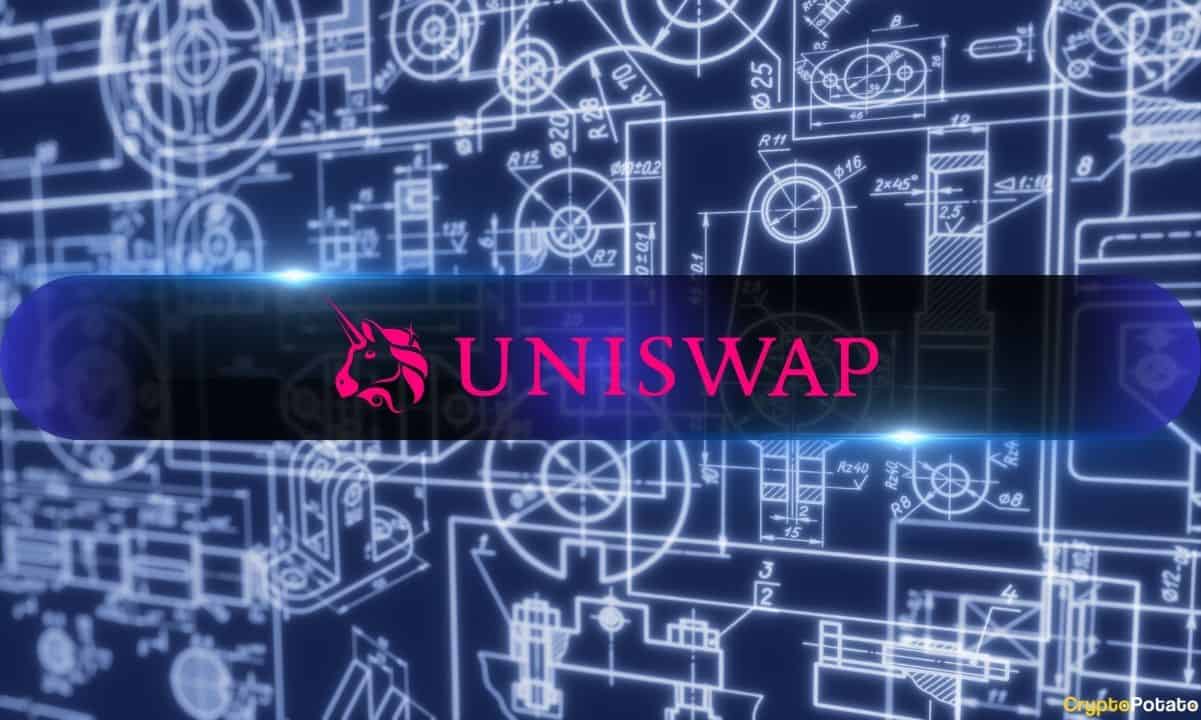
On Feb. 11, Uniswap announced the launch of Unichain, its Ethereum layer-2 solution, marking its first foray into the crowded L2 ecosystem.
“You can swap, bridge, and provide liquidity on Unichain directly from the Uniswap web app and in the latest version of the wallet,” the platform explained.
Unichain boasts a number of performance improvements including one-second block times with a target of 250 milliseconds. It also stated that users and developers have processed over 88 million test transactions and 12 million test smart contracts on Unichain’s testnet, which was deployed in October.
The pink chain has arrived
You can swap, bridge, and provide liquidity on @Unichain directly from the Uniswap web app and in the latest version of the wallet
Just look for the ✨ pic.twitter.com/3G4F3kQSr4
— Uniswap Labs (@Uniswap) February 11, 2025
Uniswap Enters Crowded Market
“Unichain is built differently,” said Hayden Adams, Founder and CEO of Uniswap Labs. “We’re here to make DeFi faster, cheaper, and more decentralized, which is why we launched Unichain to be permissionless from day one,” he added.
The new layer-2 platform offers several core functionalities, including swapping and liquidity provision, token launching capabilities, lending and borrowing services, and cross-chain trading through the ERC-7683 standard.
The platform, built on the Optimism Superchain, also has no interface fees for swaps during the initial months, provides native USDC integration through Circle, has permissionless fault proofs allowing anyone to challenge transactions, and boasts 95% cheaper gas fees compared to Ethereum.
Unichain has emphasized decentralization from launch, with plans to introduce a Validation Network later this year to allow public block verification.
“As the first L2 to launch as a Stage 1 rollup, this means that Unichain is committed to decentralization on day one.”
The platform aims to solve traditional blockchain issues like high gas fees, slow transactions, and complicated cross-chain operations while maintaining Ethereum’s core principles of being open, permissionless, and decentralized.
However, it has entered a very crowded layer-2 space dominated by a handful of players. According to L2beat, the L2 ecosystem currently has a total value locked of around $42.3 billion.
Arbitrum One has the largest market share of rollup-based TVL with $13.7 billion equating to 38% while Base is the second largest L2 with $11.4 billion giving it a 32% share. OP Mainnet is third with a 14% share and $5 billion TVL.
L2beat lists around 60 rollup-based layer-2 networks, which Unichain will compete with, but it is backed by the world’s largest DEX, which will go a long way.
Unichain mainnet is live ✨
✸ Fast with low fees
✸ Built for cross-chain liquidity
✸ Prioritizes decentralization from day oneYou can now deploy DeFi apps, launch tokens, swap, provide liquidity, and more pic.twitter.com/MqJQwum4Bf
— Unichain (@unichain) February 11, 2025
UNI Price Update
There was no reaction from Uniswap’s native token, which fell 6% from an intraday high of $10 to $9.40 at the time of writing.
The altcoin has been hammered over the past month, dumping 30%, which is in line with a broader market decline for DeFi-related assets. UNI remains down almost 80% from its May 2021 all-time high of just under $45.
This article first appeared at CryptoPotato

